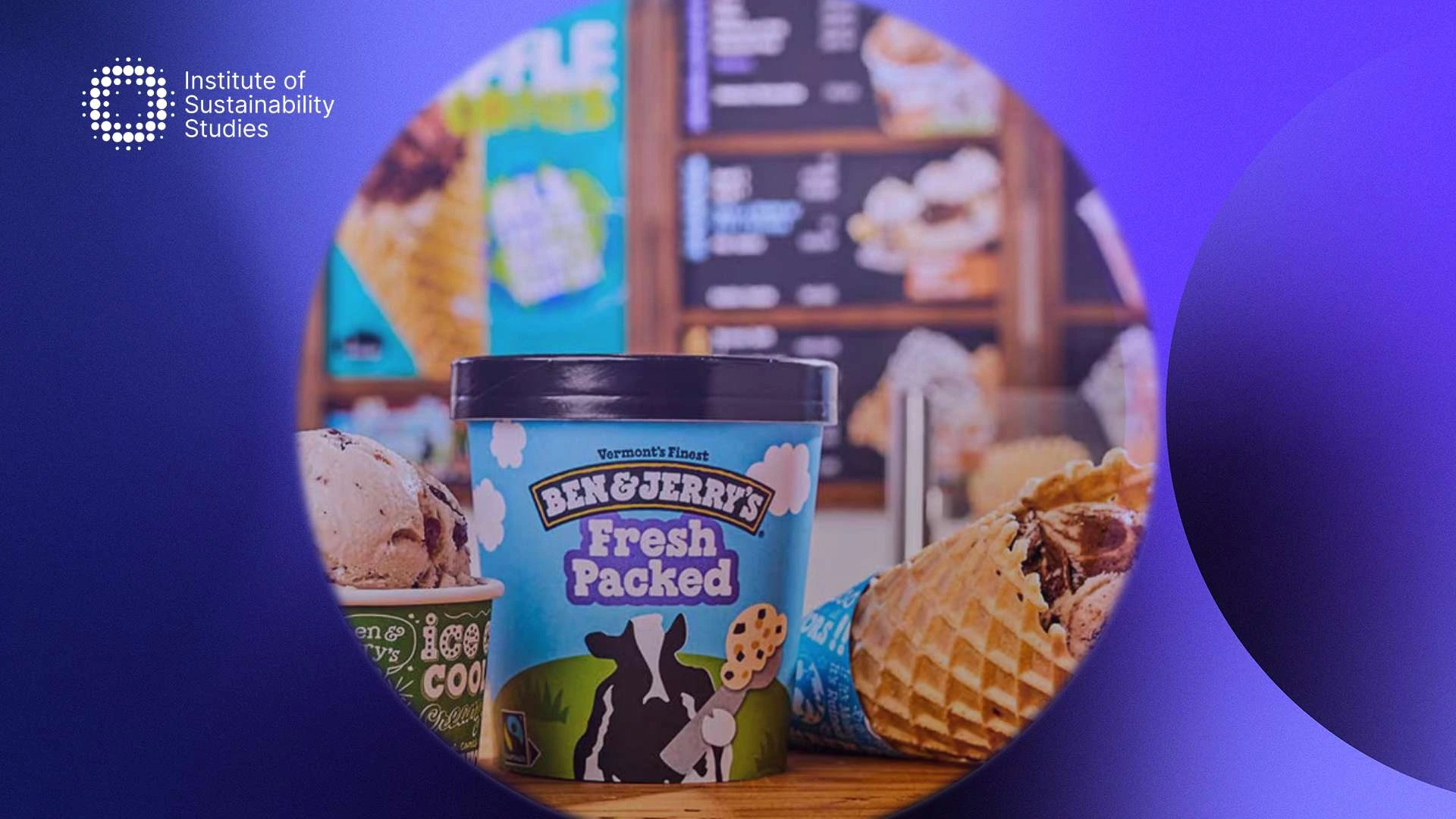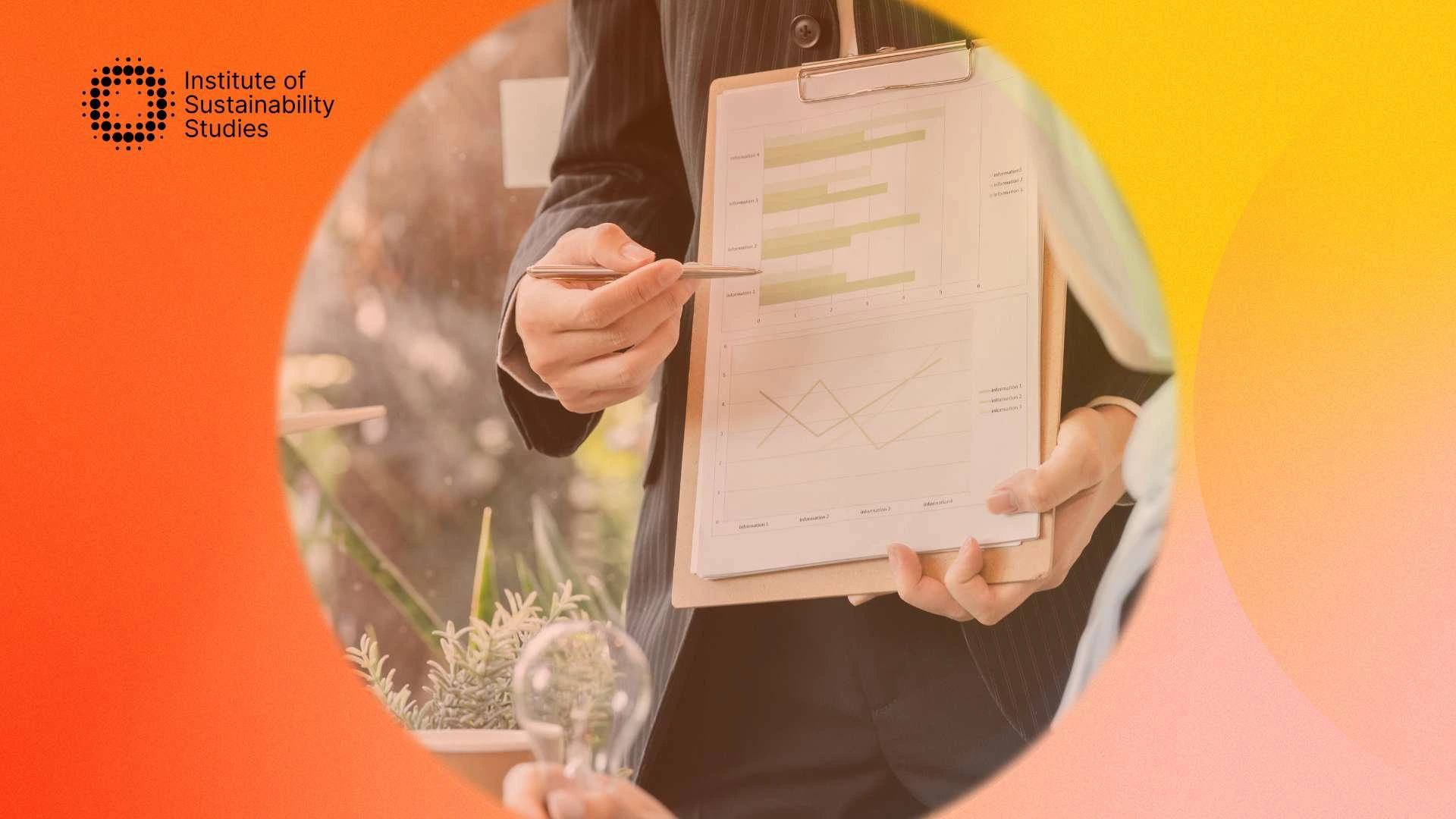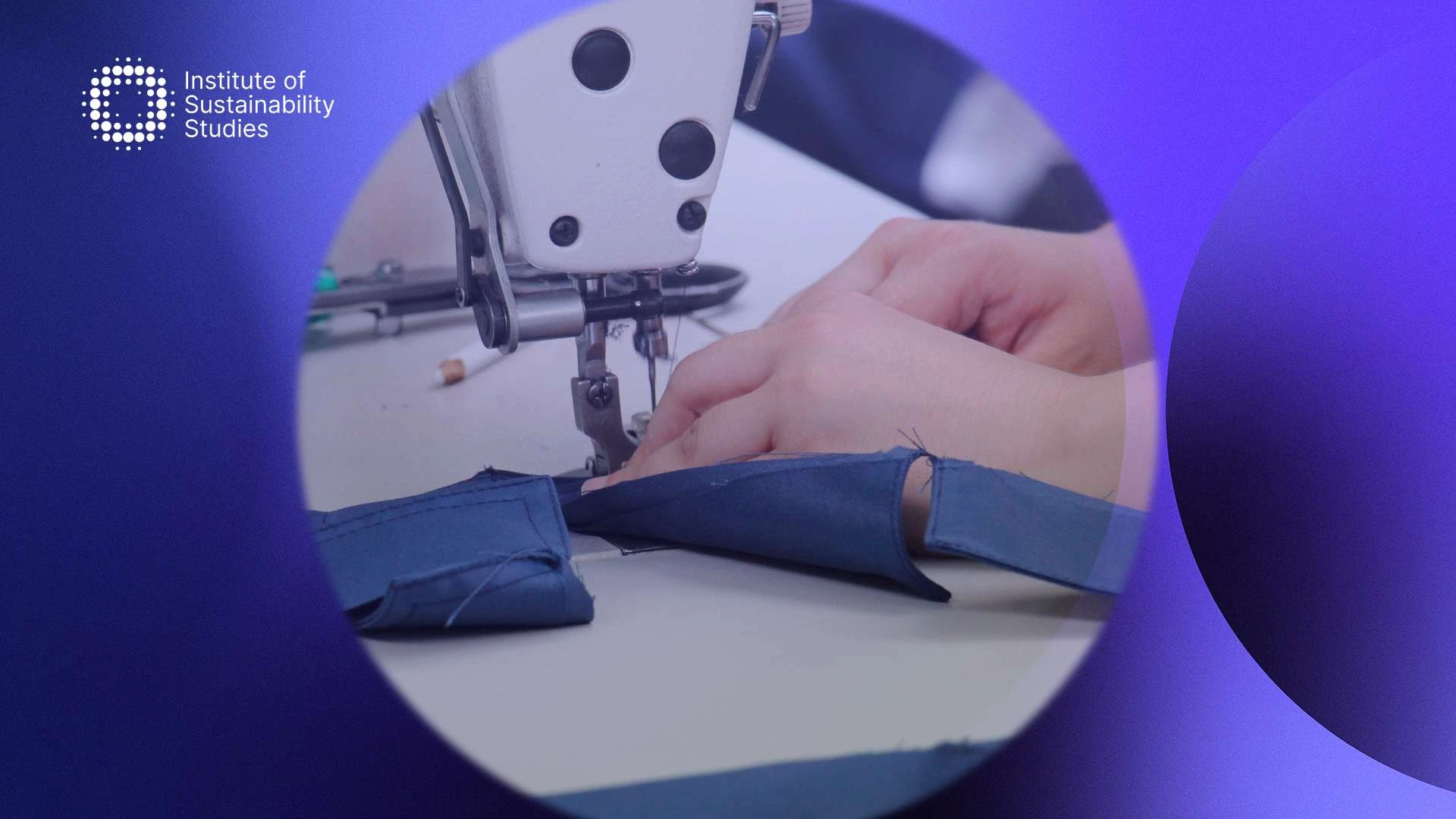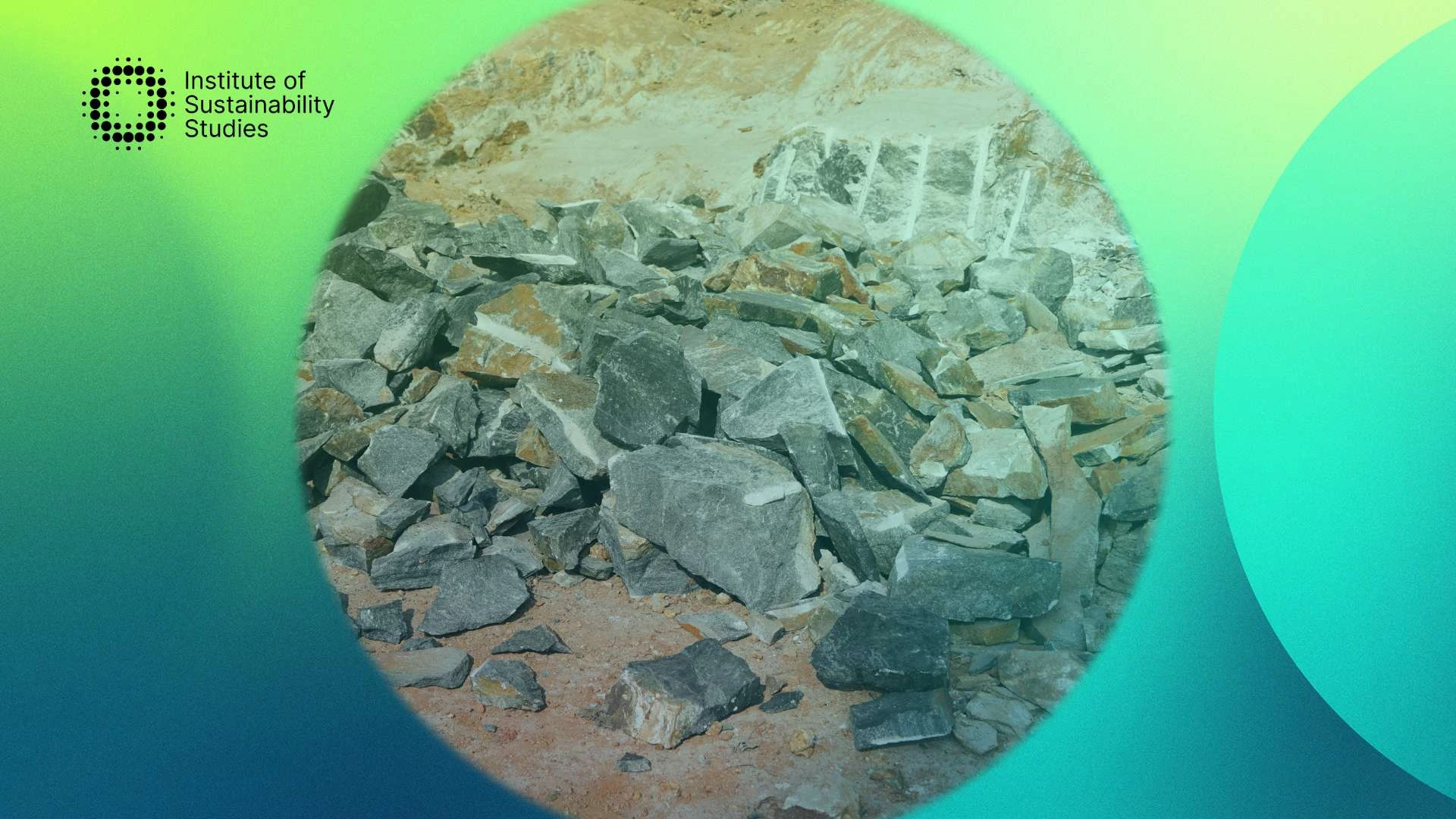Sustainability can feel like a minefield. But when it comes to leadership, one thing is clear: it starts from within. In times of growing uncertainty, sustainability leadership is about more than climate metrics or green investments; it’s about leading with integrity, equity and an unwavering inner compass. It means setting the tone for change, not waiting for it. And it starts with the actions leaders choose every day. Here’s what that means in practice.
Sustainability leadership by example
The most common question I hear is: What can I do? People aren’t looking to governments or abstract frameworks – they’re looking to leaders who model the change they want to see.
That’s why visibility matters. Whether it’s taking the train over a flight, choosing plant-based options, or embracing circular practices at work, these choices create ripples. People don’t just need information. They need to see someone living it.
Take Project Drawdown’s top personal climate actions: food waste reduction, active transport, composting, and home energy efficiency. These might seem small, but collectively, they drive system change, and when a leader models them, others follow.
Equity isn’t optional
Too often, the social side of sustainability is neglected. But equity, diversity, and inclusion are not just values – they’re requirements.
As Jane Goodall says, “You can save forests and species by helping create better lives for people.” In other words, protecting the planet means uplifting people. Without social equity, environmental progress won’t stick.
If you want your sustainability leadership to matter, ask: Who is thriving, and who isn’t? Do your values and decision-making centre the people most affected? Is your workplace inclusive, psychologically safe, and fair?
Equity is embedded in the United Nations Sustainable Development Goals (UN SDGs) for a reason. It’s not just a pillar of sustainability; it’s the foundation.
The inner work of sustainability leadership
The climate crisis is complex. We can’t solve it with spreadsheets alone. That’s why inner development matters.
The Inner Development Goals (IDGs) provide a powerful framework for the values and qualities we need to lead sustainably: openness, self-awareness, compassion, and courage. I believe we don’t get systems change without people change. And we don’t get people to change without a mindset change.
So, start by asking: What do I believe? What do I value? Am I treating myself (and the world) with respect? Because the truth is: if we’re not grounded in our values, we’ll buckle under pressure.
Influence, not authority
You don’t need a title to lead. What you need is influence, and that comes from three things: openness, communication, and stubborn optimism.
We need sustainability professionals who can listen deeply, communicate with empathy, and stand firm in their convictions. Sustainability leadership is about being able to say: I hear your concerns, and I still believe we can do better.
Influence also means meeting people where they are. If procurement’s worried about cost, show them the long-term value. If your CEO cares about risk, show them the climate risks they’re already carrying. Influence is about translation, connecting what matters to you with what matters to them.
Collaboration is non-negotiable
You can’t fix climate breakdown alone. That’s why SDG 17 (Partnerships for the Goals) exists. Collaboration starts by seeking out aligned people, even competitors. It’s about saying: We may not agree on everything, but we can build something better together.
And to collaborate well, you need three things:
- Opportunity: Seek shared challenges that create room for partnership.
- Inclusive mindsets: Embrace neurodiversity, cultural diversity, and different working styles.
- Trust: Build it by being transparent, consistent, and willing to listen.
At Innocent Drinks, they even leave two empty chairs in every meeting: one for people not present, and one for the planet. That’s what it looks like to embed trust and equity into decision-making.
Ask better questions: Is your decision extractive or regenerative?
Effective sustainability leadership depends on your ability to collaborate across boundaries – sectoral, cultural, and generational. If you’re in a position of leadership, here’s a question I urge you to start asking: Is this decision extractive or regenerative?
- Does it heal the future, or steal it?
- Does it create livelihoods, or destroy them?
- Does it enhance well-being, or erode it?
Whether it’s about your energy sourcing, hiring policy, or supply chain design – this simple framing can unlock better decisions.
Final thoughts: The power of stubborn optimism
We don’t need perfect sustainability leadership; we need stubbornly optimistic ones. People who refuse to give up on the future. People who lead by doing – bike to work, hold tough conversations, ask the right questions.
Sustainability leadership isn’t about being the loudest voice in the room. It’s about being the most grounded. Because, as Robert Swan reminds us: “The greatest threat to our planet is the belief that someone else will save it.”
_____
Want to read more top voices?
- Embedding sustainability in organisational culture for impact
- How ESG performance drives long-term business value
Sarah Blake is the founder of Earthology and a sustainability consultant with 25+ years’ experience across HR, horticulture, and corporate sustainability. A graduate of Cambridge University’s Sustainability Leadership programme, she helps organisations build climate-conscious cultures through B Corp Certification, Carbon Literacy training, and strategic employee engagement. Sarah has supported over 20 companies on their B Corp journey and is a member of the Al Gore Climate Reality chapter in Ireland.
- This author does not have any more posts.











